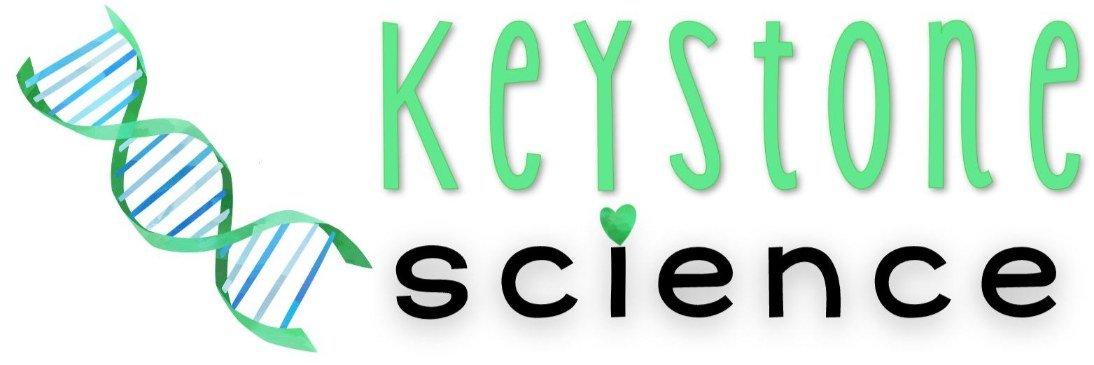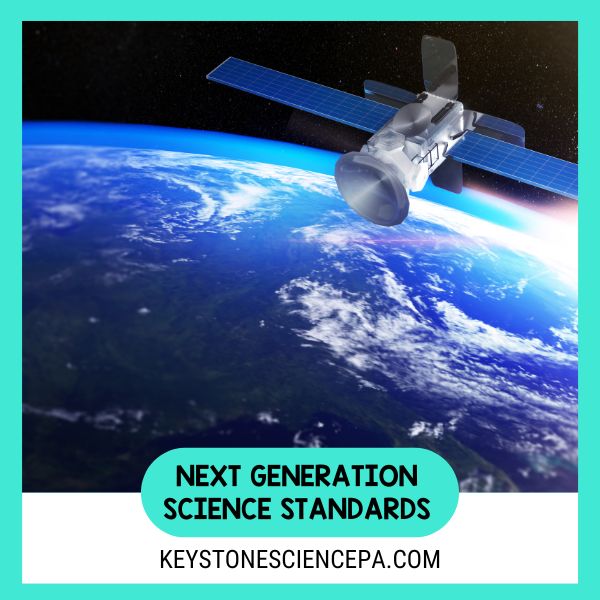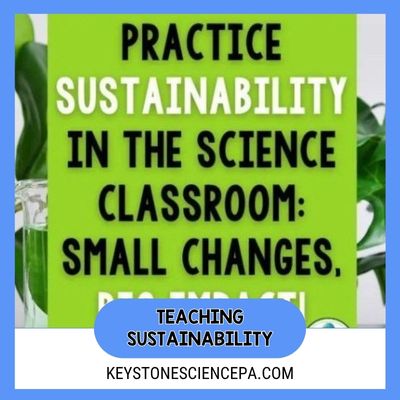Welcome to an exciting journey into the world of science education transformation! Whether you’re deep into the Next Generation Science Standards (NGSS) game or just getting your feet wet, this is the place to be. In a rapidly evolving educational landscape, wrapping your head around NGSS is like grabbing a front-row ticket to the future of science teaching. But hey, we’re not stopping there – for my fellow Pennsylvania educators, I’m diving into something even more special: the Science, Technology & Engineering, Environmental Literacy and Sustainability (STEELS) Standards. It’s the NGSS but PA style; I’m in the thick of it with you and will be sharing my adoption journey of the new STEELS standards on future blog posts.
Remember, science education isn’t just about memorizing facts; it’s about nurturing curiosity, honing critical thinking, and unleashing real-world problem-solving skills in our students. In this inaugural blog post of our NGSS and STEELS series, I’m breaking it all down – from the why and how to what you can expect from this journey.
Understanding the Next Generation Science Standards (NGSS)
At its core, the Next Generation Science Standards are a revolutionary approach to science education that emphasizes three dimensions of learning: Science and Engineering Practices, Crosscutting Concepts, and Disciplinary Core Ideas. These dimensions work together to provide a comprehensive and holistic understanding of scientific concepts (Performance Expectations).

Science and Engineering Practices are the skills scientists and engineers use across disciplines to explore and explain the natural world. These practices encourage students to engage in hands-on investigations, data analysis, and constructing scientific explanations.
Crosscutting Concepts are universal themes that connect (or link) various scientific disciplines. Concepts like patterns, cause and effect, and systems thinking allow students to view science as an interconnected web of knowledge.
Disciplinary Core Ideas provide the foundational content that students need to comprehend. These are the key concepts and theories that form the basis of scientific understanding.
Performance Expectations are the heart of NGSS. These statements outline what students should know and be able to do by the end of each grade level. Grade Band Progressions help educators understand how students’ understanding should evolve as they move through different grade levels.
Benefits of Implementing the Next Generation Science Standards
The Next Generation Science Standards offer MANY benefits that transcend traditional science education methods. By incorporating NGSS best practices into your classroom, you’re:
- Fostering Deeper Understanding of Science Concepts: NGSS promotes a comprehensive understanding of scientific concepts through hands-on experiences and real-world applications. Students don’t just memorize facts; they truly grasp the ‘why’ and ‘how’ of science.
- Developing Critical Thinking and Problem-Solving Skills: Through inquiry-based learning, students are encouraged to think critically, analyze data, and solve complex problems. These skills are essential for their future success in both academia and the real world. (Check out my inquiry blog series: What is inquiry-based learning?, 5 ways to incorporate inquiry-based learning)
- Preparing Students for Real-World Applications of Science: NGSS connects classroom learning to practical, real-life scenarios. Students become equipped to tackle real-world challenges and make informed decisions as scientifically literate citizens.
- Engaging Students in the Learning Process: NGSS encourages active participation, collaboration, and exploration. This dynamic approach ignites students’ curiosity and excitement for science.
Tips for Implementing the Next Generation Science Standards
While the transition to the Next Generation Science Standards is incredibly rewarding, it can be a major adjustment for you and your students. Addressing potential barriers such as time constraints, resource availability, and assessment methods is crucial. However, with a growth mindset and a division of labor, these challenges can be overcome.

Integrating NGSS into Existing Curriculum: Begin by identifying existing curriculum elements that align with NGSS dimensions. Modify lessons to incorporate inquiry-based activities and real-world applications. If you’re struggling with this stay tuned! My next blog post will cover this exact challenge!
Collaborating with Peers and Educators: Seek support from your administrators, grade level or content area team. Collaborative planning and sharing of best practices can ease the transition process. Your peers DO NOT have to be educators in the same building as you! There are so many Facebook groups out there where educators are reaching out, networking, and sharing resources. My personal favorites are the NGSS Biology Teachers and NGSS Chemistry Teachers groups.
Utilizing Online Resources and Support: Online platforms offer a wealth of NGSS resources, lesson plans, and strategies. The Pennsylvania Department of Education (PDE) has a wealth of resources on its Standards Aligned System (SAS) website to help you on your STEELS journey. The NSTA also has an entire NGSS page loaded with resources. My personal favorite and something I’ve used extensively on my STEELS journey is The Wonder of Science webpage; it has these amazing tools to help align your curriculum. Leverage these tools to enhance your teaching and cater to diverse learning needs.
Next Steps
As we wrap up this journey through the NGSS and STEELS landscape, let’s keep in mind that embracing change is like opening the door to educational greatness. As high school science teachers, we’re not just instructors; we’re the architects of a new generation of science enthusiasts. Remember, the NGSS isn’t just a bunch of standards; it’s a philosophy that empowers students to dive deep into the mysteries of our world, armed with curiosity and critical thinking skills.
But hey, the journey isn’t over yet. Our next stop is all about “3D Learning in the Science Classroom.” We’re diving into the magic of weaving Science and Engineering Practices, Crosscutting Concepts, and Disciplinary Core Ideas to create a learning experience that’s like no other. Don’t lose the momentum – hop on our email list or give us a follow on Instagram. Let’s keep the NGSS conversation alive and together, let’s keep shaping the future of science education!












